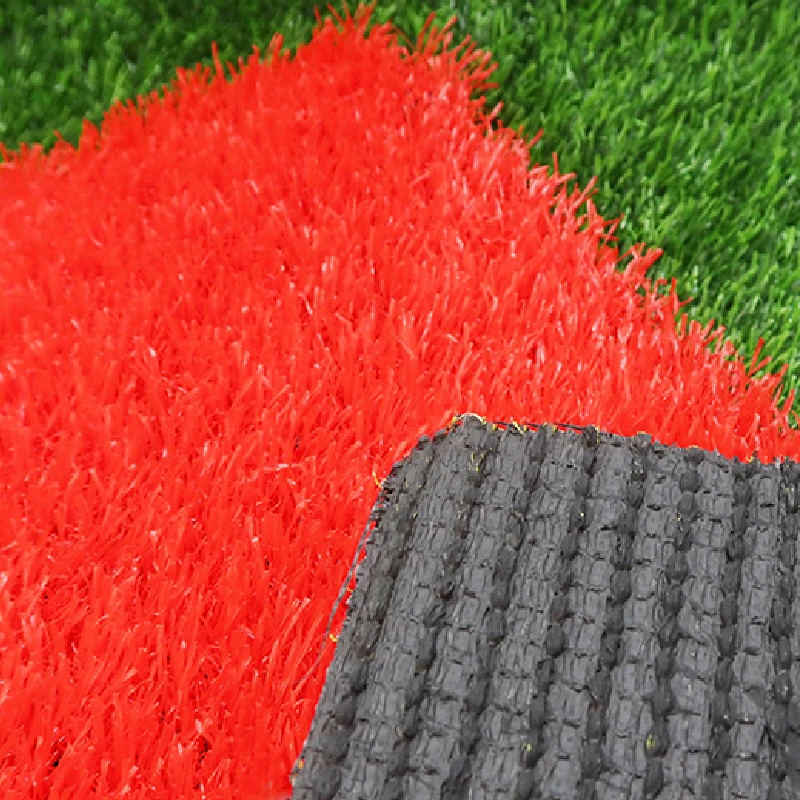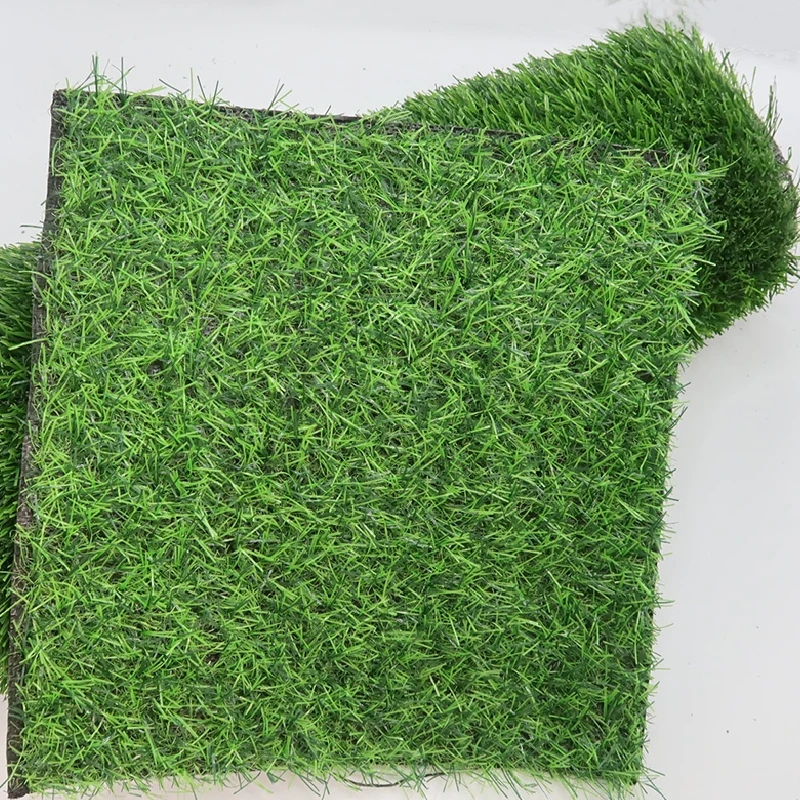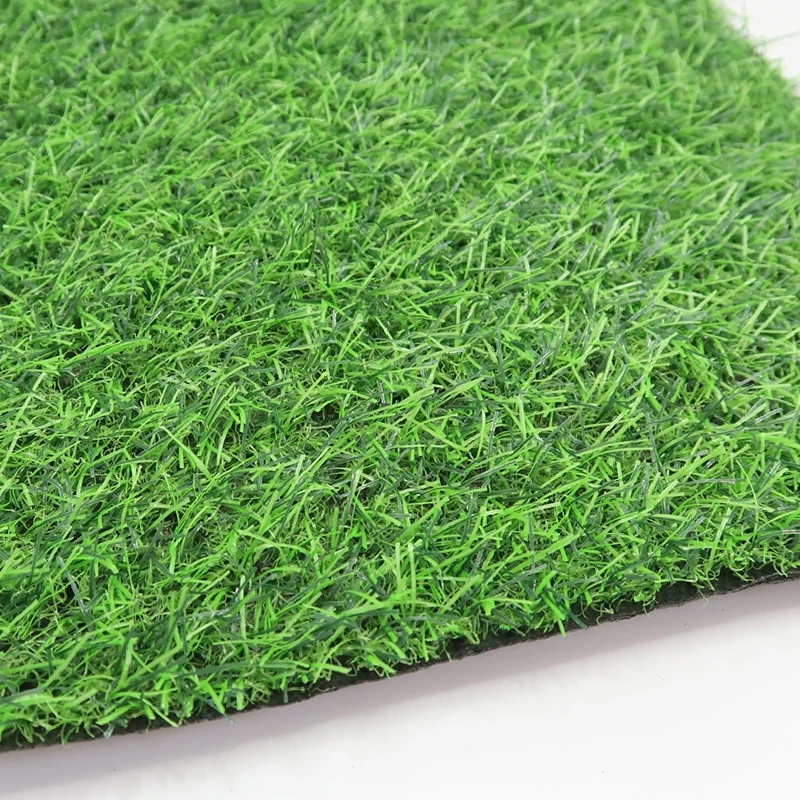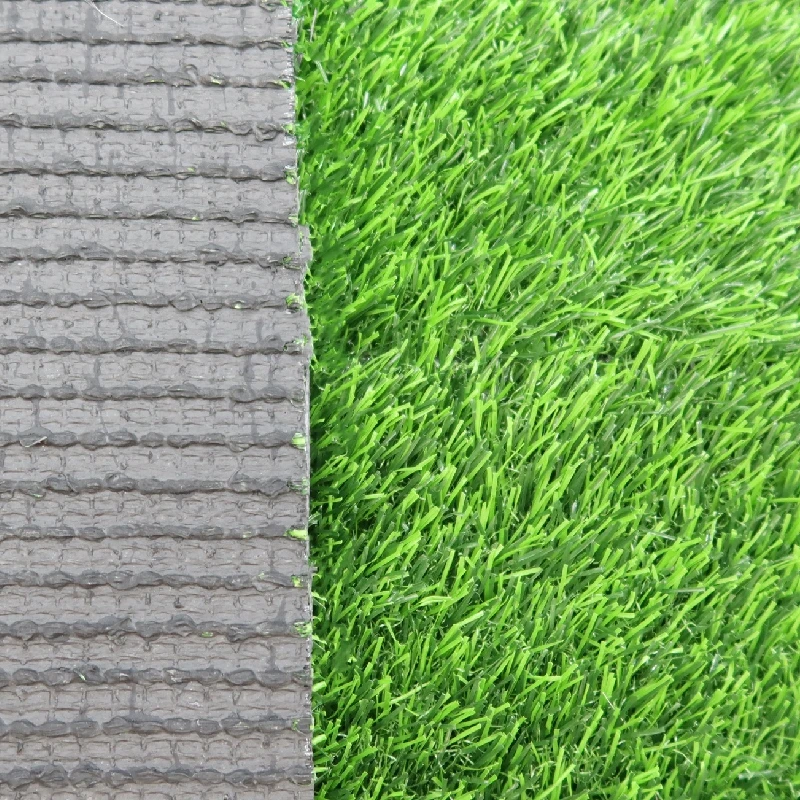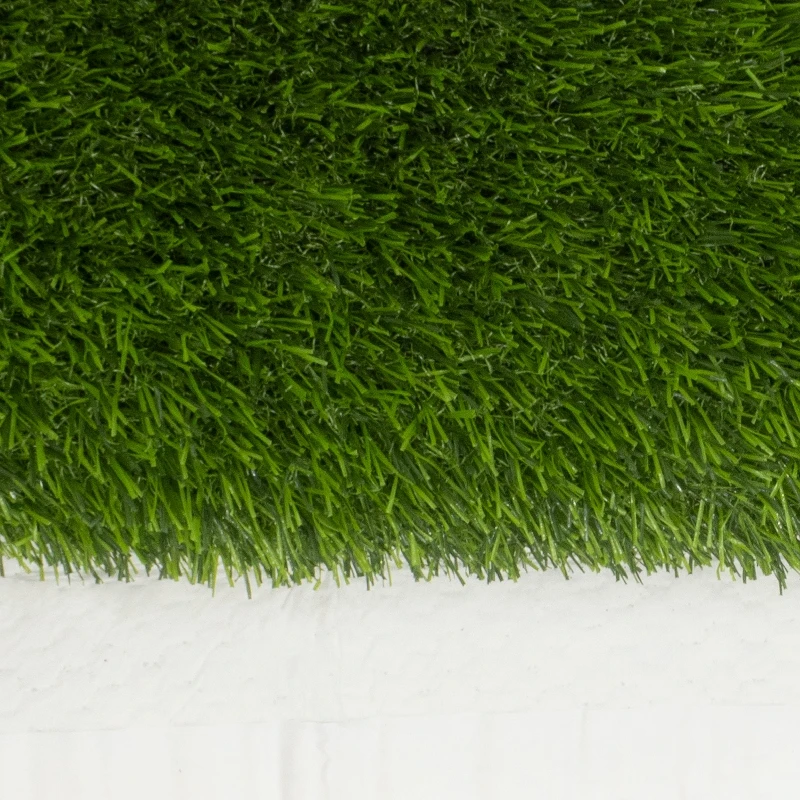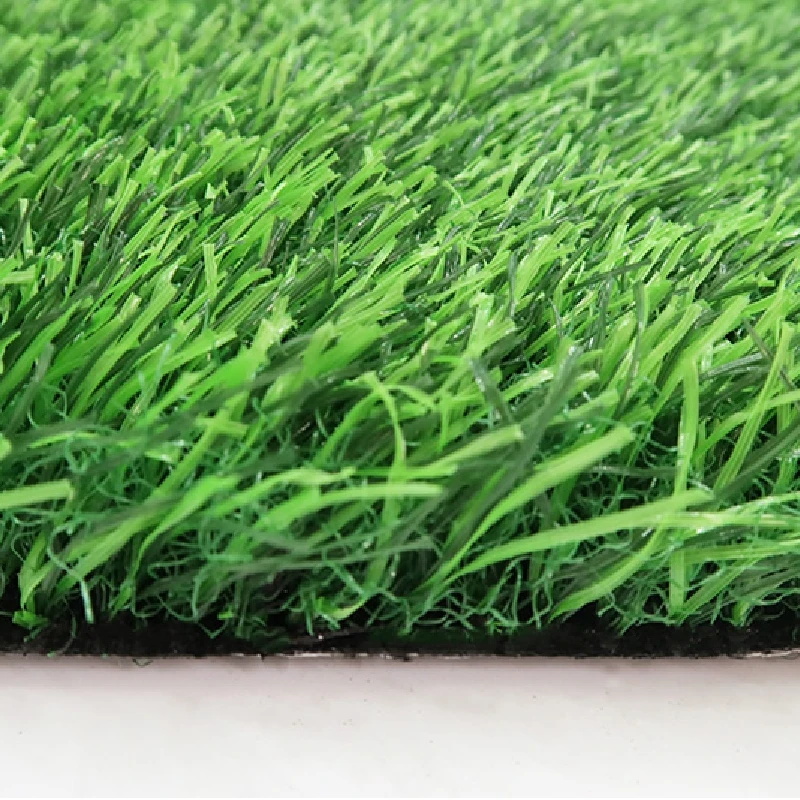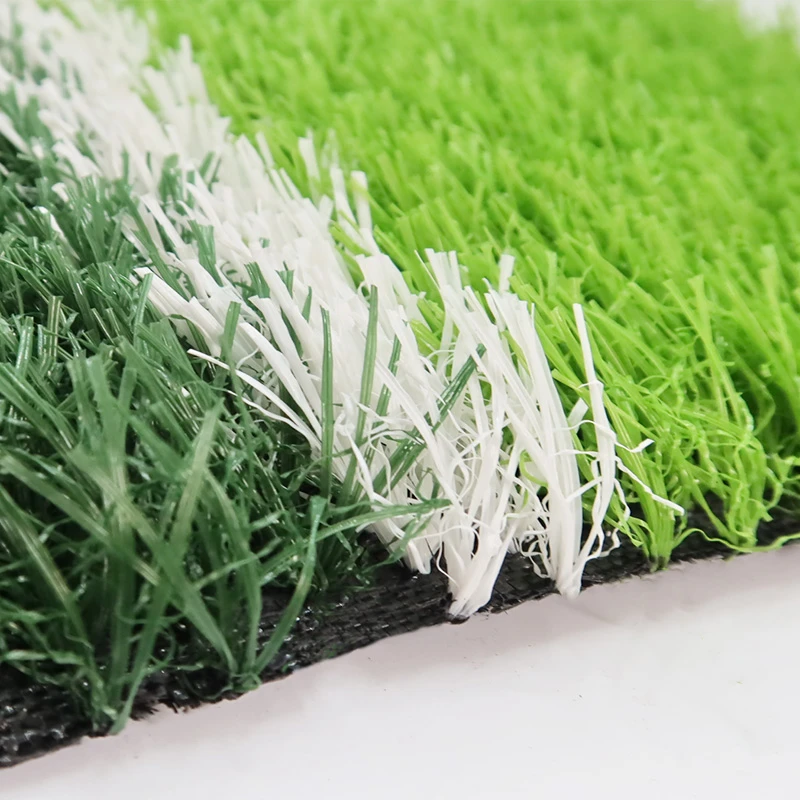
- Afrikaans
- Arabic
- Belarusian
- Bengali
- Czech
- Danish
- Dutch
- English
- Esperanto
- Estonian
- Finnish
- French
- German
- Greek
- Hindi
- Hungarian
- Icelandic
- Indonesian
- irish
- Italian
- Japanese
- kazakh
- Rwandese
- Korean
- Kyrgyz
- Lao
- Latin
- Latvian
- Malay
- Mongolian
- Myanmar
- Norwegian
- Persian
- Polish
- Portuguese
- Romanian
- Russian
- Serbian
- Spanish
- Swedish
- Tagalog
- Tajik
- Thai
- Turkish
- Turkmen
- Ukrainian
- Urdu
- Uighur
- Uzbek
- Vietnamese
Exploring the Benefits and Challenges of Turf Fields in Football Games
Dec . 10, 2024 00:13 Back to list
The Evolution and Impact of Turf Grounds in Football
Football, known as soccer in some parts of the world, has evolved significantly since its inception. One of the most notable advancements in the sport has been the development and adoption of turf grounds. Turf fields have revolutionized the game, impacting not just the way it is played but also the broader football culture. This article explores the evolution, benefits, and implications of turf grounds in football.
The Historical Context of Turf Fields
Historically, football was primarily played on natural grass fields. While these fields provided an ideal surface, they also presented several challenges, including weather conditions, maintenance issues, and wear and tear. As the popularity of football grew exponentially, especially in the latter half of the 20th century, the demand for more durable and consistent playing surfaces became apparent.
The first major innovation in this area came in the 1960s with the introduction of artificial turf. The initial versions were basic and came under scrutiny for various reasons, including player safety and performance. However, advancements in technology led to the development of more sophisticated turf systems. These modern synthetic surfaces are designed to closely mimic the characteristics of natural grass, providing players with a more enjoyable experience on the field.
The Benefits of Turf Grounds
One of the primary advantages of turf grounds is durability. Unlike natural grass, which can become damaged from heavy foot traffic, adverse weather, or even routine maintenance, artificial turf can withstand a significant amount of wear and tear. This longevity makes it an economical choice for many clubs and schools, as it requires less frequent replacement or repair.
Moreover, turf fields are playable year-round. In regions with extreme weather conditions, natural grass often becomes unplayable during certain seasons. Turf eliminates this concern, allowing for consistent play regardless of weather. This reliability is crucial for training, tournaments, and local leagues that may not have access to multiple venues.
In addition to durability and availability, turf also offers a more consistent playing surface. Natural grass can vary greatly in quality, thickness, and softness, impacting player performance. In contrast, modern turf fields provide uniformity, ensuring all players face the same conditions regardless of where they compete.
turf ground football
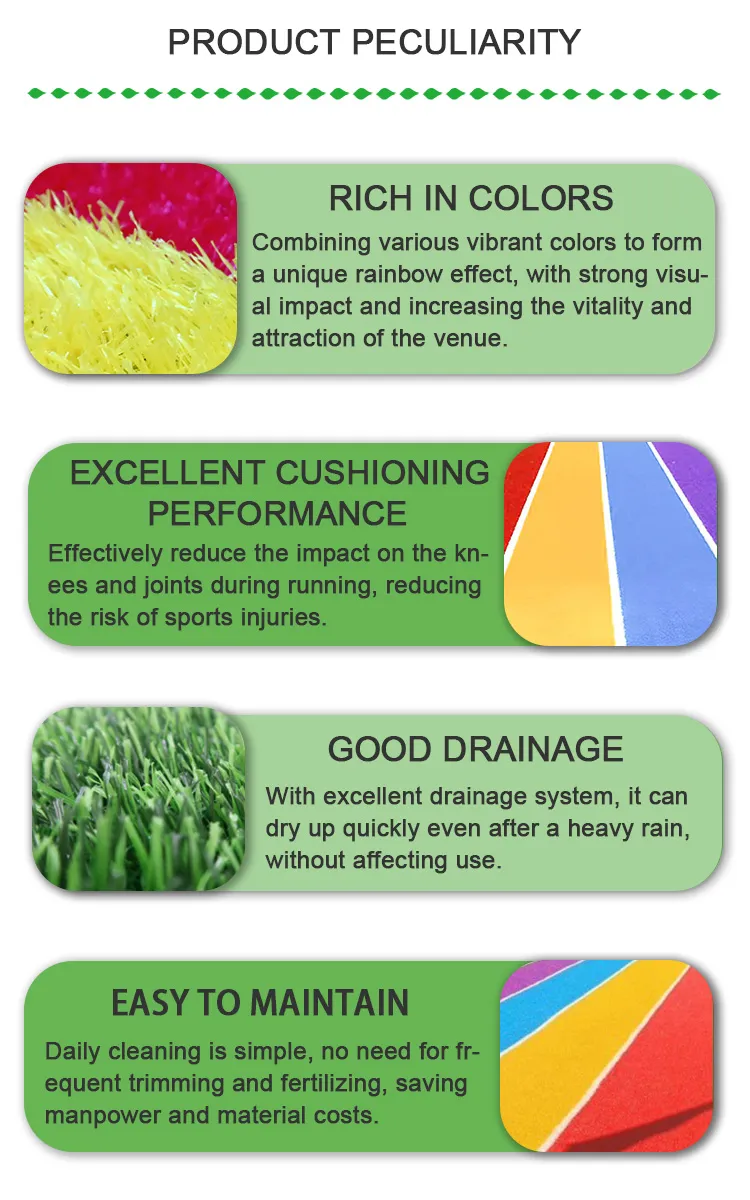
Player Safety and Performance
One of the most debated topics surrounding turf fields is player safety. Early versions of artificial turf were criticized for fostering a higher rate of injuries, particularly concerning lower limb injuries. However, advancements in turf technology have addressed these concerns. Newer synthetic surfaces are designed with safety in mind, incorporating shock-absorbing materials to reduce the impact on players.
Moreover, many professional leagues and organizations are adopting turf in response to the evolving needs of the game. According to research, players have begun to adapt to playing on synthetic surfaces without a significant increase in injury rates, suggesting a growing acceptance of turf as a viable option.
The Cultural Implications of Turf Fields
The integration of turf grounds in football has also influenced the culture surrounding the sport. For communities with fewer resources, synthetic pitches can provide access to quality playing surfaces, promoting grassroots development and encouraging youth participation. This accessibility can lead to a more diverse range of players entering the sport, enriching the football community.
Additionally, turf fields have implications for scheduling and logistics. Clubs and schools can maximize their facilities by hosting numerous matches and training sessions on the same field, helping to foster a sense of community and engagement within local football cultures.
Conclusion
The evolution of turf grounds in football has had a profound impact on the sport. From enhancing player safety and performance to enabling greater access to quality playing surfaces, synthetic turf has changed the landscape of the game. As technology continues to advance, the benefits of turf fields are likely to increase, ensuring they remain a fundamental aspect of football in the years to come. The combination of durability, consistency, and economic efficiency solidifies turf's place within the sport, highlighting its importance in shaping the future of football.
-
The Benefits of Artificial Turf for Indoors
NewsJul.15,2025
-
How Artificial Grass Suppliers Ensure Quality Products
NewsJul.15,2025
-
Artificial Grass and Pets: A Space for Relaxation
NewsJul.08,2025
-
Balcony & Outdoor Decoration with Artificial Grass
NewsJul.08,2025
-
Best Indoor Artificial Grass for Home
NewsJul.07,2025
-
Best Pet Turf for Dogs: Safe & Durable Artificial Grass Options
NewsJul.07,2025
Products categories


